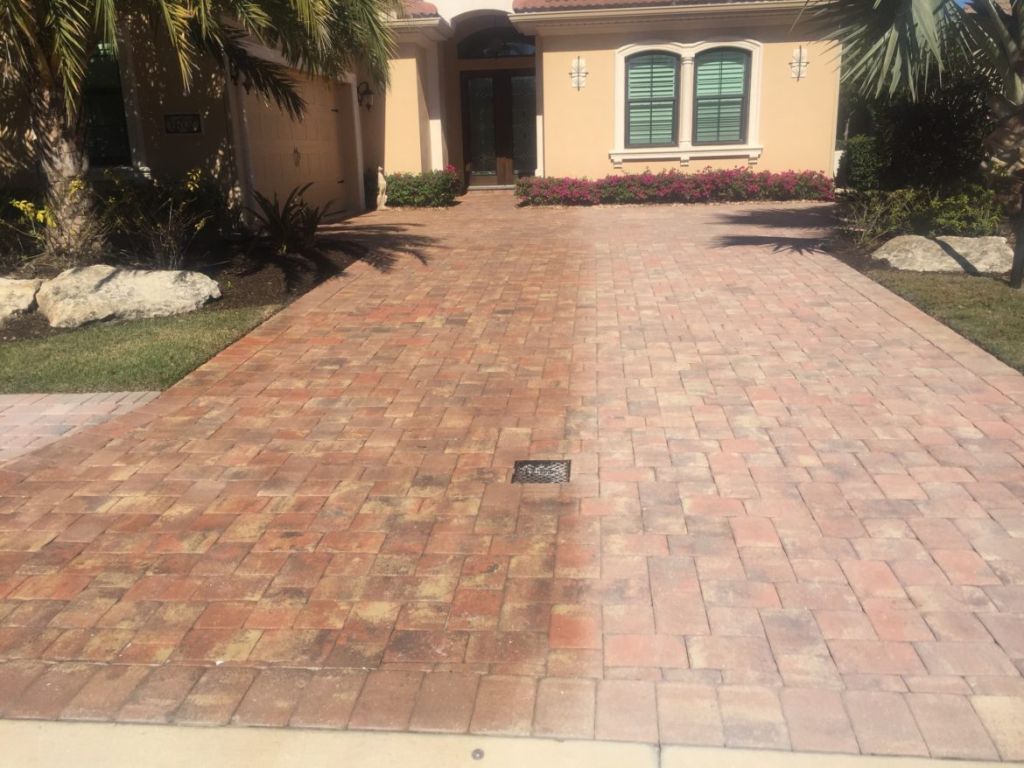After you’ve laid your patio, walkway, or driveway, you’ll want to make sure that it remains in top condition for the foreseeable future. This is true whether you’ve used flagstone, concrete, or brick pavers. When you seal your pavers or bricks, you’ll benefit from…
- Reduced vegetation/weed growth
- Deterred ant activity
- Blocked UV rays, reducing color fading
- Reduced mold and mildew growth
- Reduced sand erosion as well as other kinds of corrosion
- Increased long-term durability
To put it simply, there’s no reason not to make sealing brick pavers a priority. So, is this a job that you can do or is it something best left to the professionals?
Any reasonably skilled do-it-yourselfer should be able to handle this job without too much of a problem. If you’d like to try and seal your brick pavers yourself, here are some things to remember so you can get the job done with minimal problems.
Before Sealing Brick Pavers: Clean Them
Before applying sealant, you’ll want to wash the entire area with a pressure washer. You don’t want to seal dirt, grime, or mildew into your bricks. And the best way to remove it before sealing is by using a pressure washer. You’ll also want to make sure that you get any sand joints and weeds blasted so that the area is completely clean.
Re-Sanding Joints
After you’ve gotten the space cleaned, you’ll want to re-sand any joints. You’ll do this by getting a bag of medium coarse fractured angular sand (pool filter sand works well) and spreading it across the paver surface. Use a “wet sanding” method to push the sand into each and every joint. Continue until the sand is packed in all of the joints to 1/8″ below the chamfered edge. Then, you can use a leaf blower to remove any excess.
Sealing Brick Pavers
In order to effectively seal your brick pavers, you’ll want to use a pump sprayer or a battery powered pail sprayer. If you’re using water-based sealer, you can use an ordinary garden pump to get the job done. However, if you’re using a solvent-based sealer, you’ll want to get a heavier-duty, metal pump sprayer so that there’s no plastic for the sealer to corrode.
Start at one end of the area and spray an even coat across your bricks. Make sure that every square inch of your bricks – and sand joints – is covered. You may want to go back and do a second coat to make sure that everything is covered with an even coat. Once you’re finished, rope the area off so that it has time to fully cure and set.
If you use a water or acrylic-based sealant, you’ll probably need to reapply a new coat every two to three years. If, however, you use a polyurethane sealer, you can extend that out to five or six years. Either way, you’ll want to make sure that you maintain your brick patio or walkway so that it will last as long as possible.

